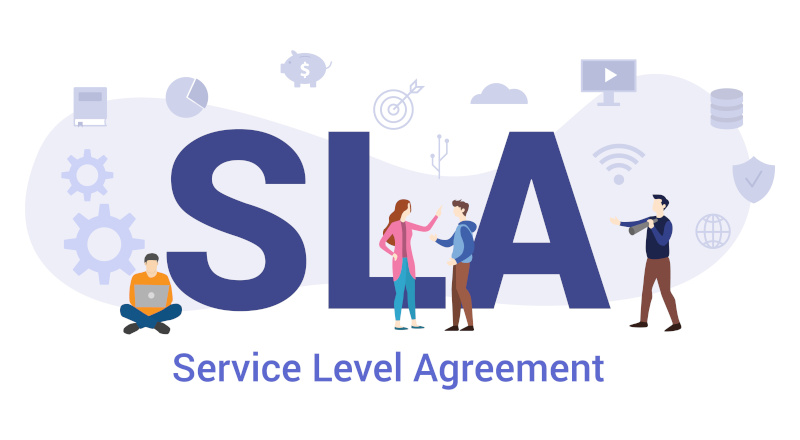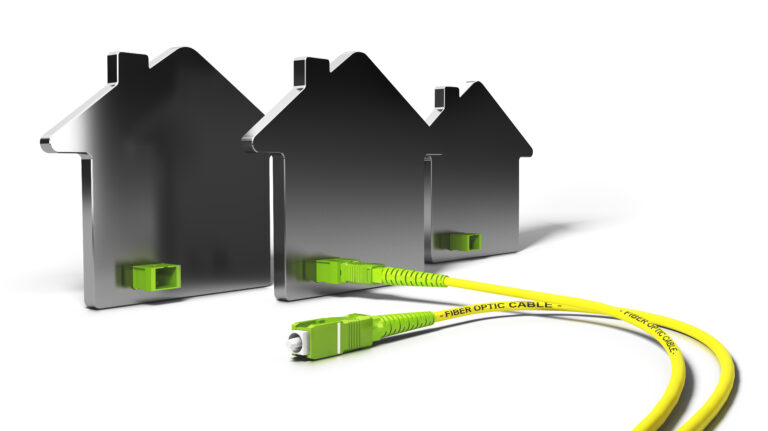SLA
CONNECTIVITY

Product Code Prefix | Description |
|---|---|
SwiftEFM |
Ethernet First Mile (EFM) |
SwiftEoFTTC |
Ethernet Over FTTC |
SwiftFLL |
Fibre Optic Leased Line |
SwiftADSL |
ADSL Broadband |
SwiftFTTC |
FTTC Broadband |
SwiftFTTP |
FTTP Broadband |
Responsibilities
Swift Internet responsibilities.
Swift Internet is responsible for:
· The Internet Access platform
· Internet peering relationships
· The customer circuit(s) to the platform
· Public IP address lease from the Swift Internet block
· Reverse DNS for the IP address range
· Provision of a help desk for call handling
· Fault resolution and escalation
· Proactive monitoring of access availability
· Outage alerts by SMS and/or email via our NOC.
Customer responsibilities
The customer is responsible for:
· Accurate completion of the appropriate CRF order form describing the site, location and access requirements
· Definition of IP addressing on the LAN
· Definition of an appropriate security policy
· Notifying Swift Internet of any changes to site and contact details
· Basic troubleshooting as instructed.
· Reporting faults with the network
· Access to sites for fault resolution
. Customer-side network, internal wiring & non-managed equipment.
· Adherence to the Swift Internet Acceptable Use Policy and Terms & Conditions
Service Levels
Incident severity
Incident severity is classified as follows:
Severity Class | Description |
|---|---|
1 |
Emergency – Total loss of service e.g. Total circuit failure. |
2 |
Major – Significant degradation or intermittent service. e.g. significant packet loss, significant degradation in throughput bandwidth. |
3 |
Minor – Minor degradation of service. Small or intermittent packet loss, reduction in throughput bandwidth. |
4 |
Change Request – e.g. Modification to configurations of managed equipment. |
Swift Internet will initially determine the incident severity.
Swift Internet may change the severity during repairs. For example, if an incident of severity level 1 is temporarily repaired, then the incident may be reduced to severity level 2. The new classification will determine the course of actions thereon.
Target response times
The primary method of reporting emergency and major faults to Swift Internet should be by telephone. Faults reported by email, fax or via the web portal may not be allocated to a support engineer in an appropriate time-scale to provide the desired level of response. For fault reporting instructions, see section 9 of this service schedule. The ‘Response Time’ is a target commitment to act on the fault reported either by running diagnostic tests or allocating resource. This does not guarantee a clear only that the fault reported will be actioned.
Severity | Response Time |
|---|---|
1 |
30 Minutes |
2 |
1 Hour |
3 |
4 Hours |
4 |
Next Day |
The response time clock starts when a ticket is created on the Swift Internet system and a call logged with Swift internet support staff via the mechanisms described in the “Reporting a fault” section of this document.
Service Restoration Times
Service restoration times depend on the product type, and the severity of the fault.
Product Type | Severity 1 | Severity 2 | Severity 3 | Severity 4 |
|---|---|---|---|---|
SwiftFLL (Fibre Lesed Line) |
4 Hours |
6 Hours |
Next Day |
N/A |
SwiftEFM (Ethernet Firsdt Mile EFM) |
7 Hours |
Next Day |
3 Days |
N/A |
SwiftEoFTTC (Ethernet over FTTC) |
7 Hours |
Next Day |
3 Days |
N/A |
SwiftADSL & SwiftFTTC With Enhanced Care |
Next Working Day |
3 Days |
5 Days |
N/A |
SwiftADSL, SwiftFTTC & SwiftFTTP Without Enhanced Care |
*No Guarantee |
*No Guarantee |
*No Guarantee |
N/A |




